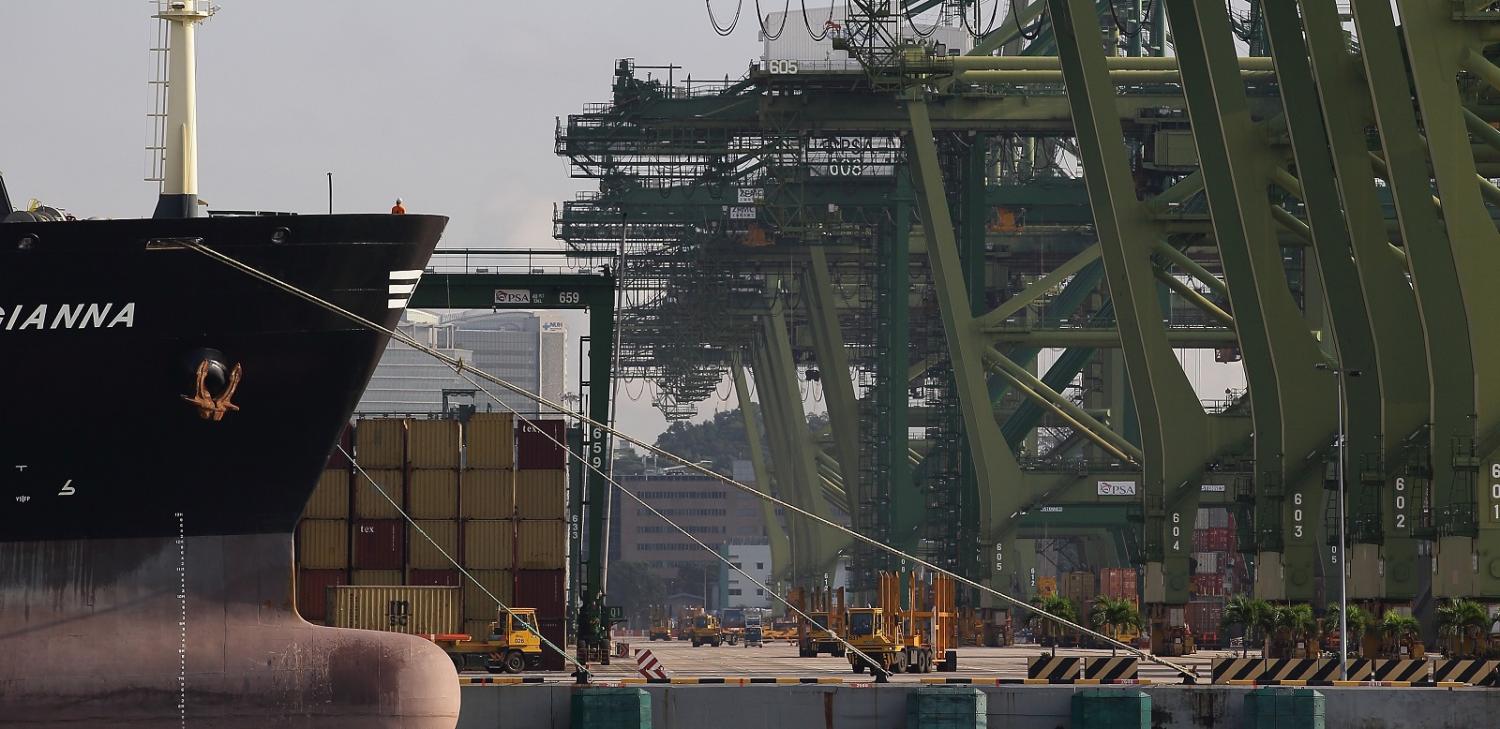Recent reports that Thailand, with Chinese money, is planning to build a new canal between the Pacific and Indian Oceans have set off a new wave of alarm bells over China’s plans to dominate the region. If – and it is a big if – the project goes ahead, it will create some big winners and losers.
The project would involve carving a US$28 billion, 135km canal through the Thai isthmus between the Gulf of Thailand and the Andaman Sea, cutting some 1200km (or two to three days) off journeys between the Indian and Pacific Ocean. It would be the Asian equivalent of the Suez Canal or the Panama Canal, and would be substantially more difficult to build.
The idea has been around for a long time. A really long time. The British and French looked at it in the nineteenth century. They decided it was too hard, but the British still extracted a promise from the King of Siam that no-one else would be allowed to do it. In the 1930s, there was a scare about Japanese plans to build it, which would have allowed the Japanese fleet to bypass the British base at Singapore. Here’s a classic 1940 British newsreel that explains everything you need to know on the subject (including a real Samurai).
[[{"fid":"185316","view_mode":"default","fields":{"format":"default","alignment":"center"},"type":"media","field_deltas":{"1":{"format":"default","alignment":"center"}},"link_text":null,"attributes":{"class":"media-element file-default media-wysiwyg-align-center","data-delta":"1"}}]]
New plans to build the canal have been kicking around since the turn of this century, but no-one has been able to make the project economic. Maybe this time it will go ahead with Chinese Belt and Road funding.
Some security analysts worry that the Canal would solve China’s famous 'Malacca Dilemma' by allowing its oil tankers to avoid the narrow, crowded and vulnerable Malacca Strait and even give the Chinese navy a new route into the Indian Ocean. The Chinese navy is certainly going to get a lot more active in the Indian Ocean in coming years, as was well demonstrated last month when China opened its first overseas naval base in Djibouti.
But the likely impact of the Kra Canal is less about battleships and more about shipping containers.
The Canal is like building a new highway that will bypass a town, leaving the local service stations and cafés stranded while creating opportunities to build new service centres elsewhere. Kra would permit ships transiting between the Indian and Pacific Oceans to bypass Singapore, potentially damaging Singapore’s hold on shipping services and helping to open up that space for China and its friends.
Since Singapore was established as a way station for the Indo-Pacific opium trade it has relied on geography for its prosperity, helping it become one of the world’s biggest transhipment hubs and provider of shipping and all its related services, from banks to law firms. That is now under threat from Chinese-funded port projects being developed right across Southern Asia.
The biggest winner from the Canal could be Sri Lanka, which lies astride the busy sea lanes of the northern Indian Ocean, making it an obvious choice for a new shipping hub. Much of China’s investment on the island over the last few years has been aimed at building up that island’s shipping infrastructure. This has included building a new port at Hambantota, which China has recently taken control of. A much bigger project is the controversial Colombo Port City, which involves building a whole new business district to service the port, largely under Chinese control.
Colombo is already by far the biggest transhipment hub for India, while Singapore’s volume of Indian transhipment is falling. If Chinese-owned ships are able to take a short cut through Kra, then Sri Lanka’s competitive advantage only improves. India is responding with its own greenfield port projects, but there are significant doubts that it has the ability to bring all the necessary elements together.
Sri Lanka has long aspired to become an Asian trading hub like Singapore and successive governments have seen Singapore’s model for development as having special significance. Sri Lanka now hopes to break through the many problems left over from its 30-year civil war with the help of China’s Maritime Silk Road initiative. It may also be in a position to play off other big investors, such as Japan.
Sri Lanka is doing well in the transhipment market, assisted by the woeful state of most Indian ports, which can’t handle large capacity container ships. But a far bigger prize than the competitive and low-margin transhipment trade would involve ‘opening the boxes’ and moving up the value chain just as Singapore did, and potentially turning Colombo into a regional hub for logistics, maintenance, engineering and financial and legal services – sitting just off India’s coast. That is a lot of what the Colombo Port City project is about.
Singapore, always keenly aware of its own vulnerabilities, is already concerned about the potential for Sri Lanka to become a competitor, although it is also aware how many systemic problems Sri Lanka must overcome before it can compete in providing sophisticated, high value services.
For the moment, the Kra Canal may be just a dream. That’s what they once said about Panama before the US, then a rising regional power, decided that the canal was necessary to give it access to its second ocean.

